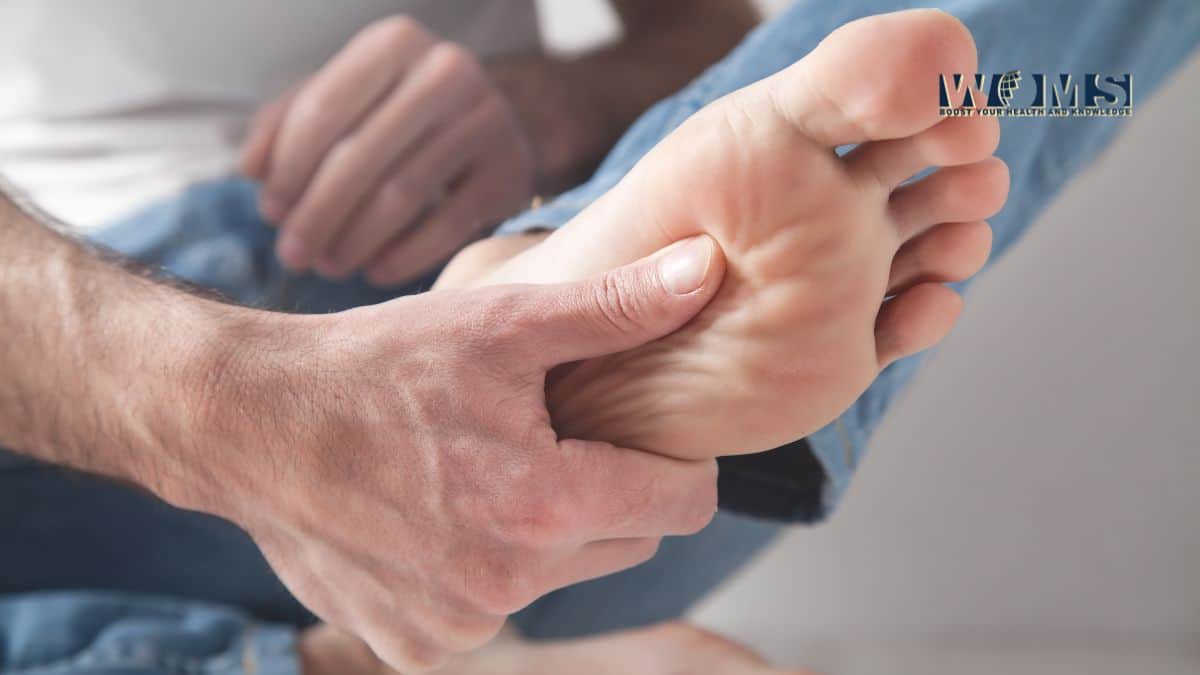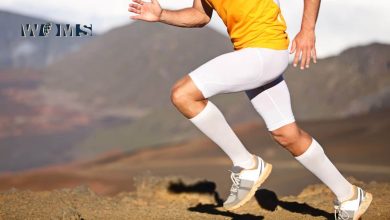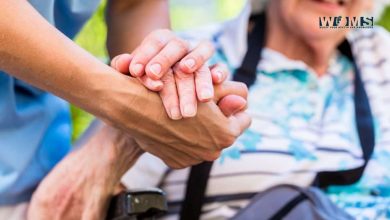10 Foot Problems to Watch for in Aging Feet

Your feet experience the exact effects of aging as the remainder of your body. Given the amount of strain we put on our feet over the course of a lifetime, it is easy to see why these issues arise.
Your joints, bones, and tendons will function differently due to physiological changes and general wear and tear.
The skin, tendons and ligaments, joints, nails, and blood circulation are the most specific foot disorders brought on by age. This article lists ten-foot problems to watch for in aging feet.
1. Fat Pad Atrophy
While many older adults struggle with the buildup of fat and weight, some experience foot padding loss. This can become unpleasant because the pads cushion each stride on the heel and ball of the foot.
Wearing shoes with inserts, using orthotics, or getting filler injections to substitute the pad are all examples of traditional therapy approaches.
2. Morton’s Neuroma
A neuroma is a benign growth that thickens an inflamed nerve tissue rather than a tumor. A neuroma called Morton’s neuroma produces foot problems in the ball of the foot.
A Morton’s neuroma is sometimes compared to a giant fold in your sock that you continually walk on, the sensation of standing on the pebble in your shoe, or shooting pain. Numbness or scorching pain in your foot could also be present.
3. Plantar Fasciitis and Heel Pain
Heel pain and plantar fasciitis are two of the most common issues that patients bring to podiatrists. Although plantar heel pain predominates in this group, posterior heel pain is a significant component of heel pain syndrome and cannot be disregarded.
4. Foot Ingrown Nail
Onychocryptosis, also known as an ingrown toenail, is a frequent discomfort caused by the nail curling down into the skin around it as it grows.
However, barefoot cultures do not experience ingrown toenails, although most Southern Californians cannot afford to do so.
Ingrown toenails, which are most common in the big toe, can be uncomfortable and show signs of infection, swelling, and redness (yellow drainage).
Although ingrown toenails typically go away on their own, severe or persistent instances may need to be treated by a doctor.
5. Corns
Corn typically develops over a bone or joint on the top part of a foot or the tips of the toes.
The thick, dense knot that grows over the area of the corn that experiences the most compression or friction from the shoe is its core. Corns can be uncomfortable and make it more difficult to run or stroll in shoes.
Soft corns are pliable and gentle and are typically seen on sensitive skins in the space between toes.
Corns can also be hard. They are susceptible to infection and are kept wet by sweat. Hard corns develop around the margins and knobby toe knuckles, which are tougher and drier. Most people wear too-tight shoes, which results in corn.
6. Callus
When there is too much friction and rubbing, a callus form. It appears as a flat, rough coating of dull yellow skin that is typically found on the bottom of the foot. A callus is uniformly thick, unlike corn. Sometimes calluses can hurt or make walking even more challenging.
In rare circumstances, difficulties walking can cause a callus to develop. Your motion may alter how your foot glides through your shoe, resulting in a new friction point where a callus may form.
7. Bunions
Where the big toe and the inner bone of the foot meet, a bunion often presents as a bony lump on the inner edge of the foot.
The first metatarsal head protrudes on the inner part of the foot, close to the big toe joint, causing the noticeable hump to form. A tailor’s bunion is referred to as such when it appears at the base of the little toe.
One of the most prevalent foot issues is bunions, affecting 25 and 33 percent of adults. Although not everyone who has a bunion has family members who also have them, there is a genetic component to them. Women and elderly persons are more likely to get bunions.
8. Hammertoe
A Hammer toe can be formed whenever the middle joint of a toe develops an unnatural bend, and it becomes bent or flexed downward. A muscular imbalance near the toe joints is the cause of this.
Unluckily, a hammer toe typically hurts but never gets better on its own without medical attention. The better the outcome and shorter the recuperation period, the sooner it is treated.
9. Osteoarthritis
It’s crucial to get medical attention if you have chronic ankle discomfort, even though many elderly people disregard it as just another indicator of “old age.” Numerous therapies can reduce discomfort, halt the progression of ankle arthritis, and keep patients active.
10. Split Heels
Healthy feet normally have thick, flexible soles sturdy enough to withstand the demands of walking and stepping on surfaces with different temperatures and textures.
Your feet, especially your heels, might dry out and become cracked, and ashy if you have yet to be particularly vigilant about maintaining their health.
Walking on cracked heels can be painful, and the skin is more likely to rip and bleed than healthy ones. Infection can result from open wounds on the foot.
Conclusion
We outlined ten-foot problems to watch for in aging, and we hope the points mentioned above have helped you identify what steps you need to remedy them. it is also important to learn about the arches of the foot.




